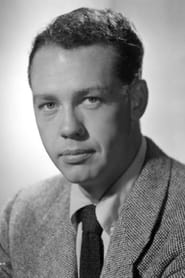
Richard Quine
Richard Quine (November 12, 1920 – June 10, 1989) was an American stage, film, and radio actor and film director.
Quine was born in Detroit. He made his Broadway debut in the Jerome Kern/Oscar Hammerstein II musical Very Warm for May in 1939 and appeared in My Sister Eileen the following year. His screen acting credits include The World Moves On (1934), Jane Eyre (1934), Babes on Broadway (1941), My Sister Eileen (1942), and Words and Music (1948), among others. At MGM he became friends with Mickey Rooney and later directed several of Rooney's films.
During World War II, Quine served in the United States Coast Guard, He married actress Susan Peters in November 1943. After the war, he tried directing, first as co-producer and co-director on Leather Gloves (1948), with William Asher, before his first solo effort on the musical The Sunny Side of the Street (1951). His directing credits include Pushover (1954), My Sister Eileen (1955), Operation Mad Ball (1957), Bell, Book and Candle (1958), Strangers When We Meet (1960), and The World of Suzie Wong (1960).
He also produced such films as the comedy Paris, When It Sizzles (1964) with Audrey Hepburn and William Holden, How to Murder Your Wife (1965) with Jack Lemmon, Synanon (1966), and Hotel (1967).
By the late 1960s, his output fell, and in the 1970s, Quine made only a few disappointing films. Turning to television, he had in the 1954-1955 season created with Blake Edwards the first Mickey Rooney series, The Mickey Rooney Show: Hey, Mulligan, which aired on NBC. Quine later directed three episodes of Peter Falk's Columbo, including Dagger Of The Mind, an episode set in Britain which some UK fans of that series regard as an embarrassment. He also worked on, another, much less successful NBC Mystery Movie series, McCoy starring Tony Curtis.
His final work was on The Prisoner of Zenda (1979) with Peter Sellers, although he was briefly part of the crew for another Sellers film, The Fiendish Plot of Dr. Fu Manchu (1980), for which he received no credit.
His first wife, whom he married on 11 July 1943, was actress Susan Peters, who was crippled from the waist down on a hunting trip with Quine in 1945 when her 22-caliber rifle accidentally discharged. The bullet lodged in her spine. On 17 April 1946, the couple adopted an infant, whom they named Timothy Richard Quine. They divorced in 1948, and she died of the effects of anorexia nervosa in 1952, at age 31.
Quine was later engaged to Kim Novak, but the two did not marry. He also married actresses Barbara Bushman (with whom he had two daughters, Katherine and Victoria), Fran Jeffries, and Diana Balfour.
After an extended period of depression and poor health, Quine committed suicide by shooting himself in Los Angeles on June 10, 1989. A rifle injury eerily reminiscent of his first wife's hunting accident.
Description above from the Wikipedia article Richard Quine, licensed under CC-BY-SA, full list of contributors on Wikipedia.
| Known For | Directing |
|---|---|
| Most Rating | 6.69 |
| Birthday | 1920-11-12 |
| Place of Birth | Detroit, Michigan, USA |
| Also Known As |

1942

My Sister Eileen
6.7/19
Sisters Ruth and Eileen Sherwood move from Ohio to New York in the hopes of building their careers. Ruth wants to get a job as a writer, while Eileen...
Watch Now
My Sister Eileen

1949

The Clay Pigeon
5.5/19
Jim Fletcher, waking up from a coma, finds he is to be given a court martial for treason and charged with informing on fellow inmates in a Japanese pr...
Watch Now
The Clay Pigeon
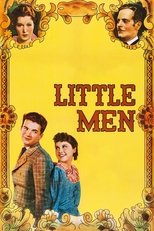
1934

Little Men
4/1
The former Jo March and her husband Professor Bhaer operate the Plumfield School for homeless boys. One of the boys, Nat, invites Dan, a street kid, t...
Watch Now
Little Men
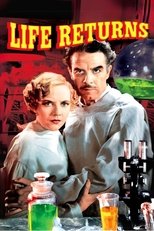
1935

Life Returns
4.2/5
A doctor who has spent his career working on ways to revive the dead sees his chance to prove his theory by performing his procedures on a recently de...
Watch Now
Life Returns
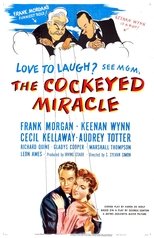
1946

The Cockeyed Miracle
6.7/3
A 60-ish Maine shipbuilder (Frank Morgan) and his 30-ish father (Keenan Wynn) provide for their family from the hereafter.
Watch Now
The Cockeyed Miracle
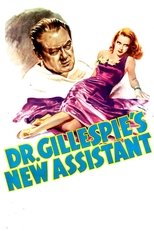
1942

Dr. Gillespie's New Assistant
5.3/3
The doctor (Lionel Barrymore) has a Kansan (Van Johnson), an Australian and an Asian from Brooklyn to choose from.
Watch Now
Dr. Gillespie's New Assistant
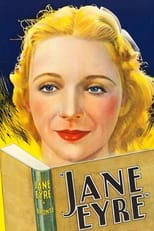
1934

Jane Eyre
4.9/10
Jane Eyre is an orphan who was raised by her aunt until she came to Thornfield Hall as governess to the young ward of Edward Rochester. But Jane is at...
Watch Now
Jane Eyre
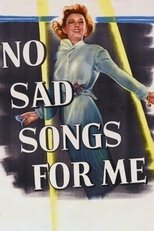
1950

No Sad Songs for Me
6.2/6
Mary Scott learns she only has ten months to live before dying of an incurable disease. She manages to keep the news from her husband, Brad and daught...
Watch Now
No Sad Songs for Me

1934

Wednesday's Child
3/3
A 10-year-old's happy life is shattered when his parents are divorced.
Watch Now
Wednesday's Child
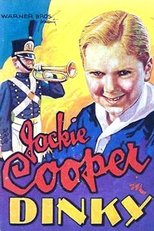
1935

Dinky
6.7/3
A mother sends her young son to military school so he won't find out she's been sentenced to a prison term on a framed fraud charge.
Watch Now
Dinky

1943

We've Never Been Licked
0/1
Young Brad Craig enters the military school with a chip on his shoulder which upperclassmen quickly knock off. Once adjusted, Craig falls in love with...
Watch Now
We've Never Been Licked
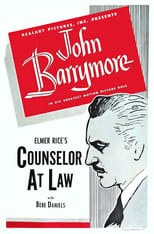
1933

Counsellor at Law
6.6/25
A successful lawyer struggles to deal with his wife's unfaithfulness and his own hidden past.
Watch Now
Counsellor at Law

1942

Tish
5.7/3
In this comedy, the town gossip fills her time running the lives of others. Naturally, she is also a matchmaker.
Watch Now
Tish

1948

Words and Music
5.8/18
Encomium to Larry Hart (1895-1943), seen through the fictive eyes of his song-writing partner, Richard Rodgers (1902-1979): from their first meeting,...
Watch Now
Words and Music

1935

A Dog of Flanders
7/1
Adaptation of Ouida's sentimental classic about a poor Flemish boy (Frankie Thomas) whose ambition is to become a painter.
Watch Now
A Dog of Flanders

1939

King of the Underworld
6.4/23
Physician Carole Nelson, suspected of having ties to notorious gangster Joe Gurney, must prove her innocence or the Medical Board will revoke her lice...
Watch Now
King of the Underworld

1941

Babes on Broadway
6.4/20
Penny Morris and Tommy Williams are both starstruck young teens but nobody seems to give them any chance to perform. Instead, they decide to put up th...
Watch Now
Babes on Broadway
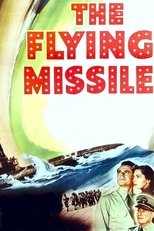
1950

The Flying Missile
5.4/5
A Navy commander experiments with launching missiles from submarines.
Watch Now
The Flying Missile
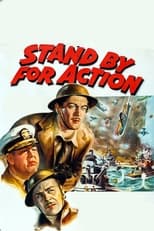
1942

Stand by for Action
7/10
U. S. Navy Lieutenant Gregg Masterman, of The Harvard and Boston Back Bay Mastermans, learned about the sea while winning silver cups sailing his yach...
Watch Now
Stand by for Action
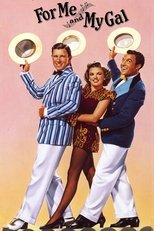
1942

For Me and My Gal
6.444/45
Two vaudeville performers fall in love, but find their relationship tested by the arrival of WWI.
Watch Now
For Me and My Gal

1948

Command Decision
6.6/21
High-ranking officers struggle with the decision to prioritize bombing German factories producing new jet fighters over the extremely high casualties...
Watch Now
Command Decision

1960

The Wackiest Ship in the Army
5.986/35
Lieutenant Rip Crandall is hoodwinked into taking command of the "Wackiest Ship in the Navy" – a real garbage scow with a crew of misfits who don't kn...
Watch Now
The Wackiest Ship in the Army
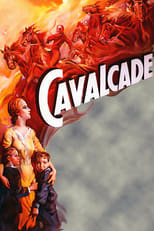
1933

Cavalcade
5.485/103
A cavalcade of English life from New Year's Eve 1899 until 1933 is seen through the eyes of well-to-do Londoners Jane and Robert Marryot. Amongst even...
Watch Now